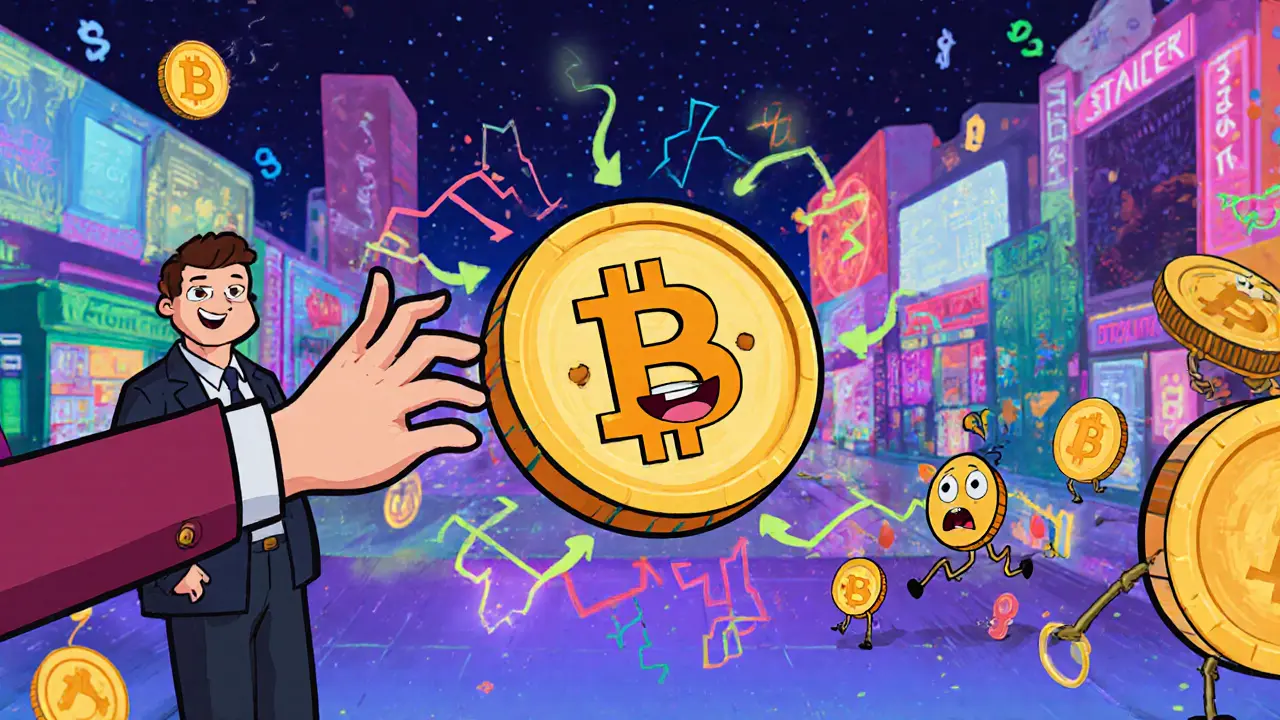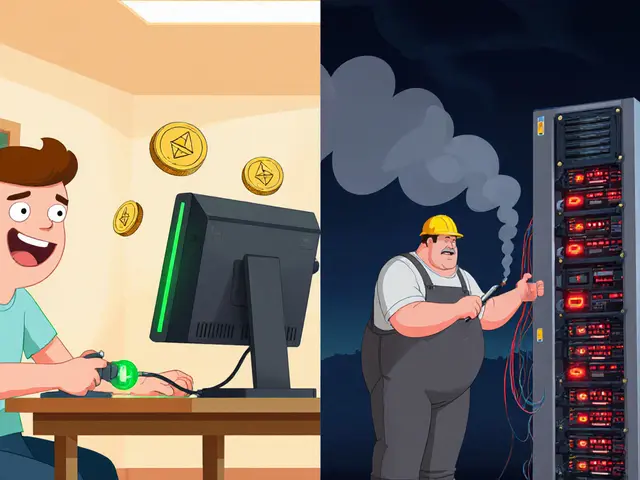Cryptocurrency Liquidity: What It Is and Why It Matters for Traders
When you trade cryptocurrency liquidity, the ease with which a crypto asset can be bought or sold without causing a big price change. It’s not just a buzzword—it’s what keeps your trades from turning into disasters. High liquidity means you can snap up Bitcoin or sell your Ethereum at the price you see, no delays, no surprises. Low liquidity? You might end up selling for 10% less than you expected because there aren’t enough buyers.
It’s tied directly to crypto exchange, platforms where buyers and sellers meet to trade digital assets. Big names like Binance or Coinbase have deep pools of buyers and sellers, so their trading pairs move smoothly. Smaller decentralized exchange, peer-to-peer crypto platforms that don’t require you to hand over your keys often struggle with thin order books. That’s why you see wild price swings on lesser-known tokens—even small trades can blow up the price.
That’s also where slippage, the difference between the price you expect and the price you actually get comes in. If you’re trying to sell 10,000 tokens of a coin with low liquidity, you might get filled at half the price you thought. And trading volume isn’t just a number on a chart—it’s the heartbeat of the market. High volume means more confidence, tighter spreads, and fewer traps.
You’ll see this play out in real posts here: OVEX’s deep ZAR liquidity lets South African traders avoid price gaps. WOOFi’s cross-chain swaps keep slippage low even on volatile tokens. And exchanges like SparkSwap or RAI Finance? Their liquidity problems are exactly why some users get burned. This isn’t theory—it’s what happens when you trade without checking the water depth first.
Whether you’re swapping tokens on a DEX, moving between chains, or just trying to cash out without losing half your gains, understanding liquidity saves money. It’s the invisible force behind every successful trade—and the quiet killer of many bad ones. Below, you’ll find real-world breakdowns of exchanges, tokens, and platforms where liquidity either works for you… or against you.



